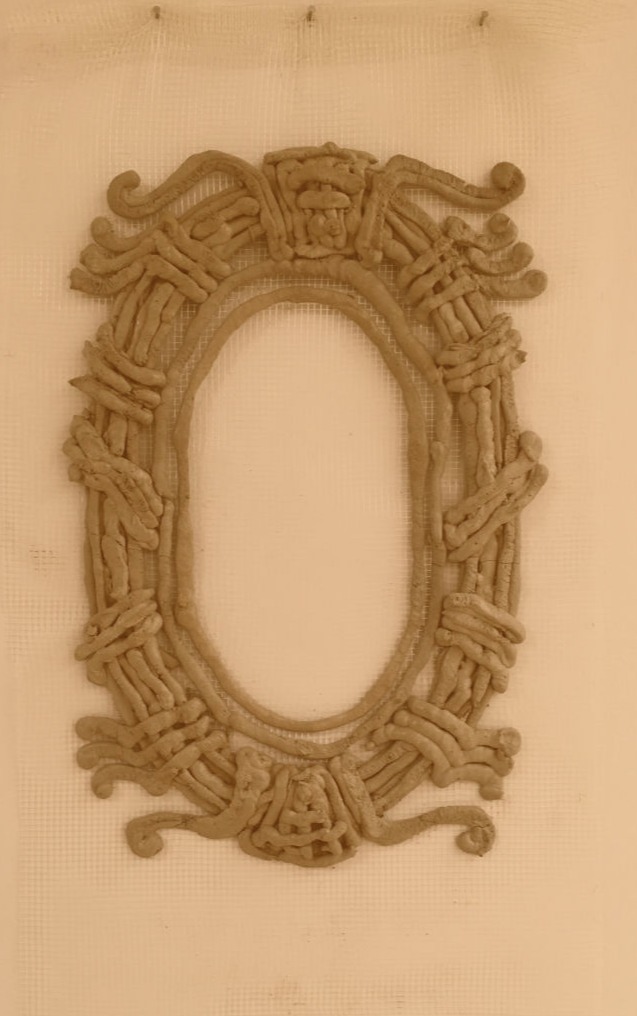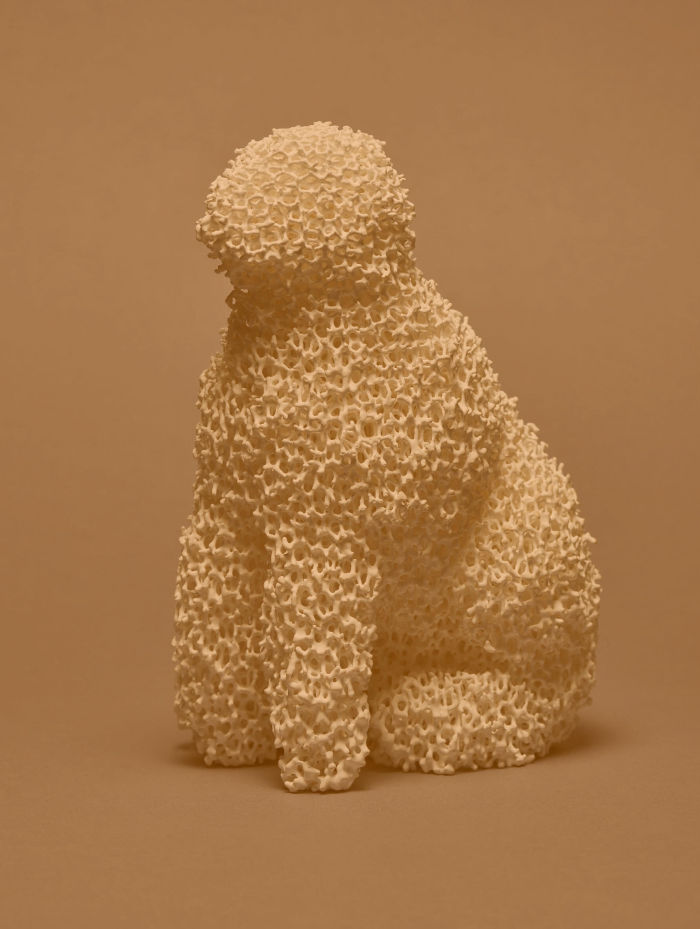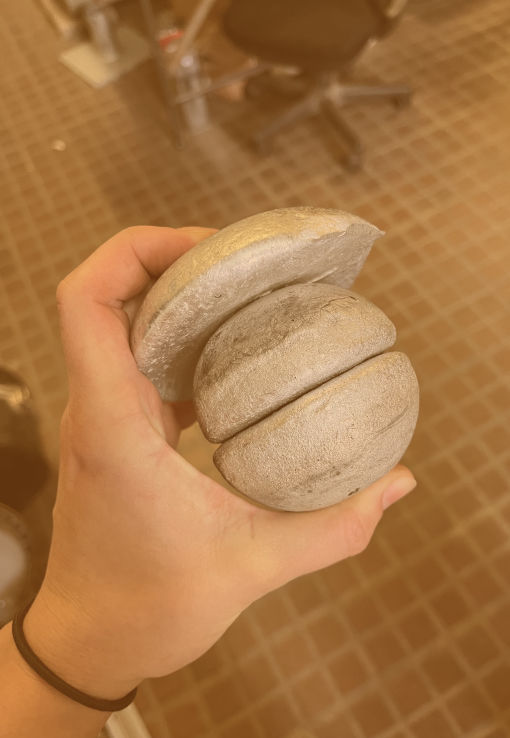
POWER OF THE MATERIAL
My present PhD research focuses on the interconnections between material literacy, ecological principles, and sculpture, particularly through the concept of relief messages. These messages serve not only as artistic tools but also as critical responses to the challenges presented by the present environmental and material context, facilitating a deeper reflection on hyperobjects, which are entities that surpass our understanding of space-time, such as the climate crisis or plastic waste.
A significant area of research involves the exploration of relief messages as an interdisciplinary medium, representing an innovative approach to understanding the material world by integrating visual, haptic, and ecological elements into a hybrid form. By bridging the gap between two- and three-dimensional art, relief messages offer unique narrative possibilities for reflecting on environmental and social phenomena.
Another area of focus is material literacy in sculptural practice. The focus of this research is on the recycling of materials, particularly plaster and waste materials found in sculpture studios, which have global implications and contain hidden stories that go beyond their physicality.The aim of the research is to shed light on the significance of material literacy in sculptural practice by unravelling these narratives.
Additionally, the research delves into the concept of haptic fetishism and sensory interaction. The objective of this research is to explore the manner in which individuals engage with and derive pleasure from tactile experiences, thereby seeking to unearth the role of sensation in the creation and reception of relief messages.
A more nuanced understanding of the impact and meaning of artworks can be achieved by examining their sensory aspects.In conclusion, this research examines the relationship between material literacy, ecological principles, and sculpture through the concept of relief messages. By exploring these interdisciplinary connections, the research aims to provide insight nto the complex environmental and material challenges of our time, offering new perspectives on how art can respond to and engage with these issues.



